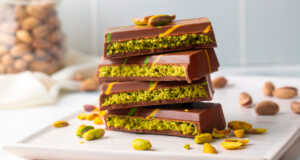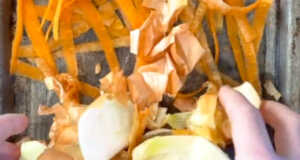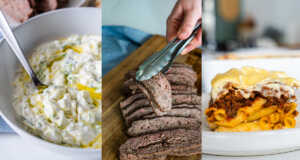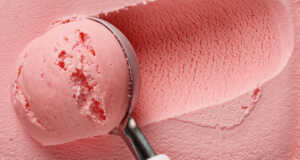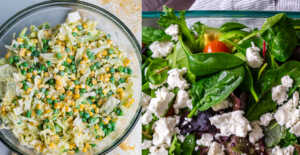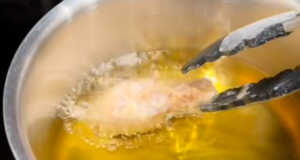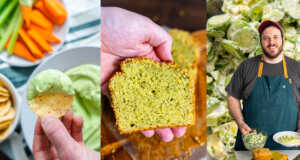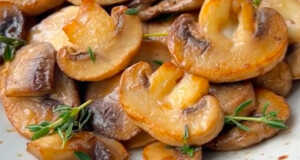Why do some people graze while others eat defined meals three times a day?
Is one eating style better than the other?

A few years ago, my husband shared another one of his legendary money making ideas. As a consumer aware of the 20+ billion dollars that the diet industry makes, he suggested that I – a
Registered Dietitian Nutritionist – sell out to the diet world and write a diet book. He called the diet “The Smeal Plan”, and this cash cow book would be about how to lose weight eating 4 to 6 times a day in amounts that are somewhere between snacks and meals (thus “smeal”).
There won’t be a diet book about smeals, but the concept is solid. Here’s why.

Our bodies need fed regularly throughout the day in order to maintain a nice blood sugar level. The cells throughout the body rely on a consistent flow of blood sugar, or blood glucose, to provide them with energy.

Neglecting to fuel ourselves like this is like neglecting to fill up your car’s gas tank before a long road trip but expecting your car to make it to your destination without enough fuel. Unlike our car, which would simply not function at all without enough gas, we have the ability to continue functioning when our blood sugar dips. But our bodies don’t like being forced to do that, especially our brain which runs on glucose.

Without enough fuel, the brain has difficulty concentrating, maintaining positive mood states, or being patient. Snacks are crucial to brain and muscle cells receiving enough fuel for functioning. So remember to pack snacks each day to avoid feeling sluggish, weak or grumpy.
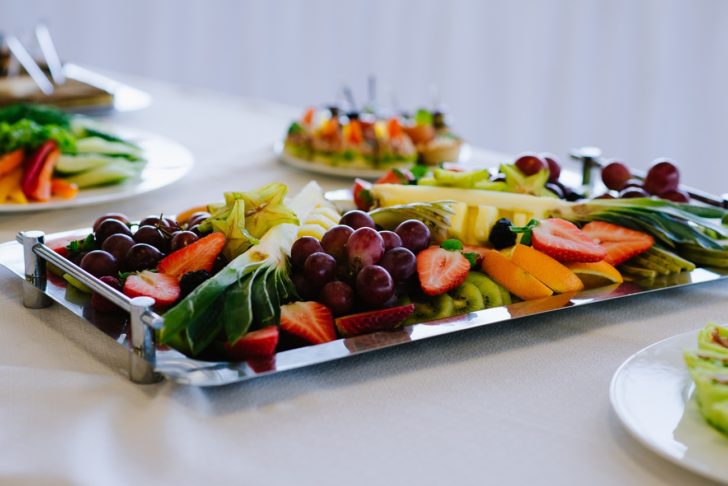
Overeating is more likely in non-snackers than snackers. Non-snackers are more likely to enter a mealtime with low blood sugar and over-hungry feelings, resulting in being biologically set up to overeat. Compared to the snacker who is likely entering the mealtime still having a nice flow of fuel to cells and with gentle hunger, the non-snacker is in a recovery state — needing to recover from a fuel deficit. This makes it biologically very difficult to avoid rapid eating at a pace that is faster than our brain can register fullness, leaving the non-snacker feeling stuffed.
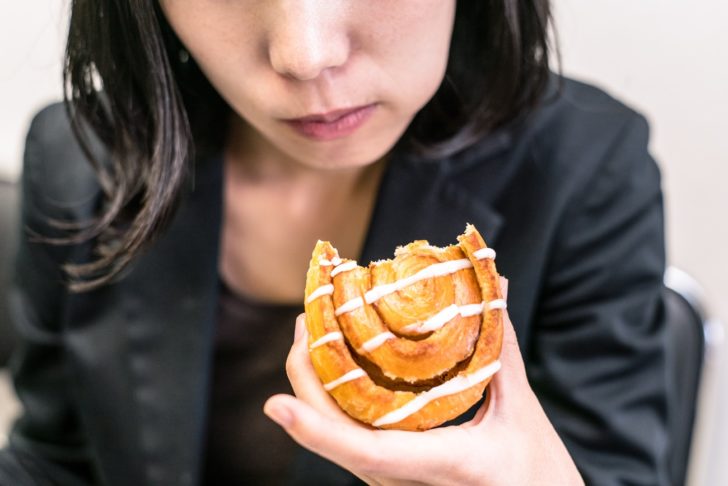
Cravings are (negatively) affected when we don’t snack. Snackers whose cells are receiving a nice, even flow of fuel throughout the day have a fair shot at entering a meal or snack time with more thoughtfulness around nutrition. The snacker isn’t in a desperate feed-me-now state, so has a chance to consider what sounds good, how much preparation time is needed, AND how nutrition can play a role in food choice.
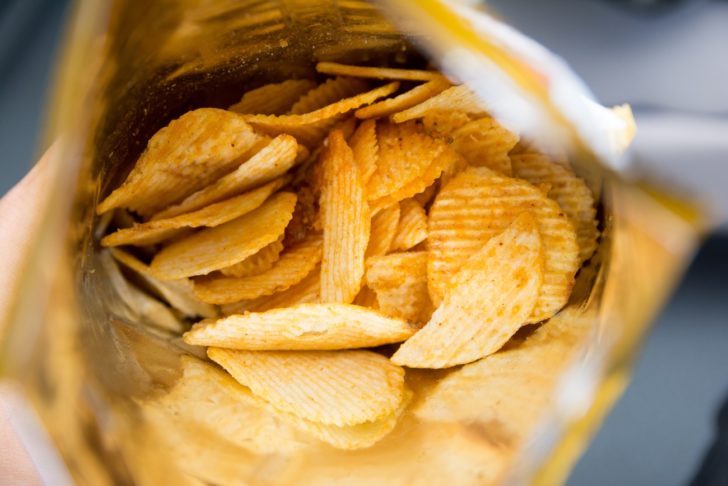
The non-snacker is more likely to have the desperate feed-me-now feeling, which means foods with little or no food prep time needed (fast food, ready-to-eat foods), and their blood sugar state leaves them wanting ready-to-eat carbs. Our bodies are brilliant, so when they’re under fueled they know that kale and high-fiber foods won’t cut it, but potato chips and fast food will digest faster, recovering the low blood sugar state.

It is easier to eat mindfully. Knowing what we know about the brain’s need for fuel, this makes sense, right? Mindfulness with food includes attention to taste, texture, smells, flavor and satiety. We are not able to concentrate well without regularly feeding the brain, so it is very challenging – if not impossible – to appreciate the sensory experience of food when under-fueled. Snacks help us enter meals with a higher level of mindfulness.

Snacks are an important part of healthy eating. Snacks help us with eating competence and mindfulness. A good rule of thumb to use is aim for 1 – 4 hours between eating times (depending on how full you were after the previous meal or snack).
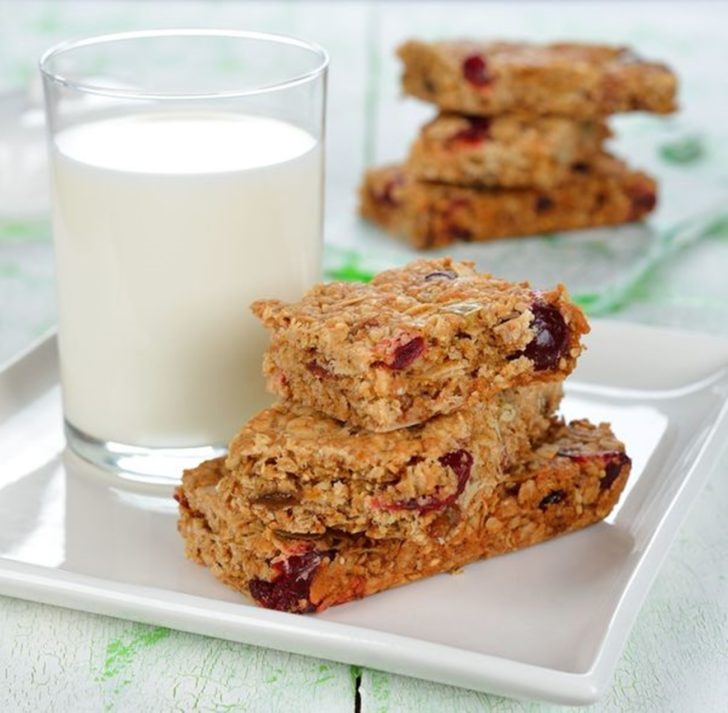
Running low on snack ideas? Try some of these (your body will thank you):
Sweet and nutty cherry almond granola bars
Spinach and feta cheese muffins
Peanut butter and jelly oat crumble bars
Cinnamon and sugar glazed nuts
Peanut butter, honey, and banana smoothie

